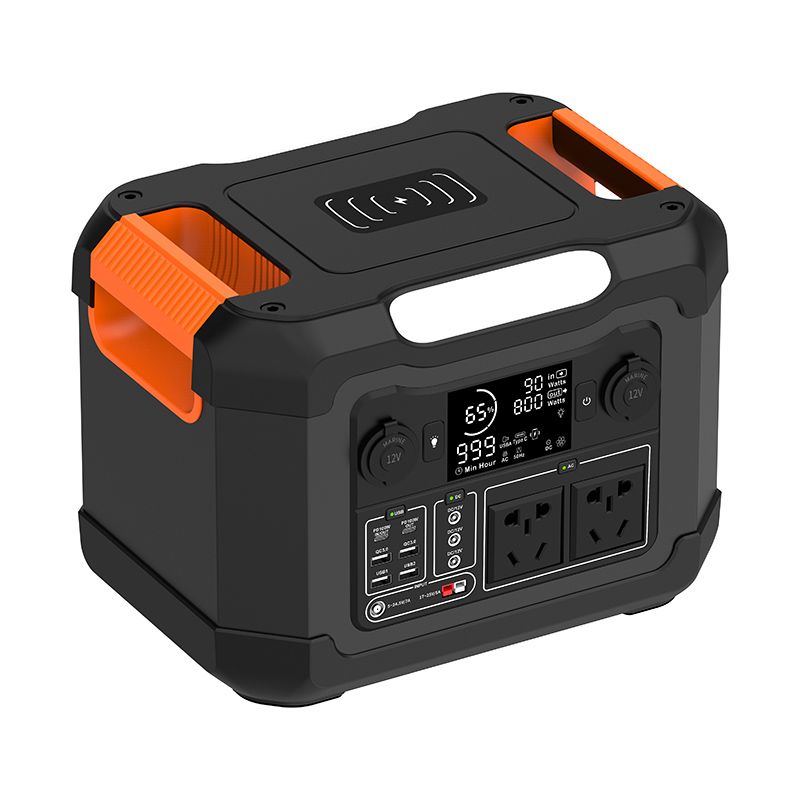Exploring the Core Components of a Portable Power Station
2024-05-22
When it comes to portable power stations, their ability to provide reliable and convenient energy on the go is truly remarkable. But what makes these devices tick? Let's delve into the main components that constitute the heart and soul of a portable power station.
Rechargeable Battery
At the very core of a portable power station lies its rechargeable battery. This is the component that stores the electrical energy and powers the connected devices. Lithium-ion batteries are commonly used in these devices due to their high energy density, long lifespan, and relatively low self-discharge rate.
Charging Ports
Portable power stations have various charging ports to facilitate the recharging process. These include AC input ports that allow users to charge the battery using a wall outlet, DC input ports for charging via car outlets, and solar panel ports for harnessing the power of the sun.
Discharge Ports
Just as important as charging ports are the discharge ports. These are the outlets that allow the power station to power or recharge other devices. Common discharge ports include USB-A, USB-C, AC outlets, and DC outputs. Having a variety of ports ensures that the power station can accommodate a wide range of devices.
Battery Management System (BMS)
The battery management system (BMS) is a crucial component that ensures the safe and efficient operation of the battery. It monitors the battery's state of charge, temperature, and other parameters, and prevents overcharging, over-discharging, and other potential hazards. A well-designed BMS can significantly extend the battery's lifespan and ensure the safety of the user.
Control Panel and Display
Many portable power stations feature a control panel and display that provides information about the device's status. This can include the remaining battery life, charging status, and any error messages. Some advanced models even have touchscreens or LCDs that display detailed information and allow users to adjust settings.
Housing and Enclosure
The housing and enclosure of a portable power station protect the internal components from dust, dirt, and other environmental factors. They are also designed to be sturdy and durable, ensuring that the device can withstand the rigors of outdoor use.
Additional Features
Beyond the core components, many portable power stations come with additional features that enhance their usability. These can include LED lights for illumination, wireless charging capabilities, and built-in inverters that convert DC power to AC power.
In conclusion, a portable power station is a complex yet highly functional device that relies on a variety of components to provide reliable energy on the go. Understanding the main components of these devices can help users make informed decisions about which one is best suited for their needs.



